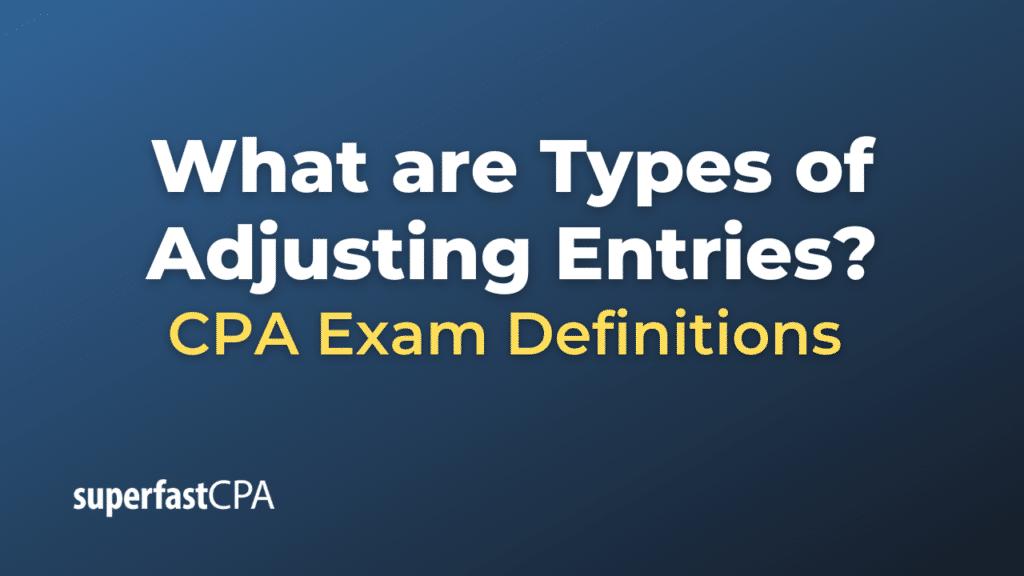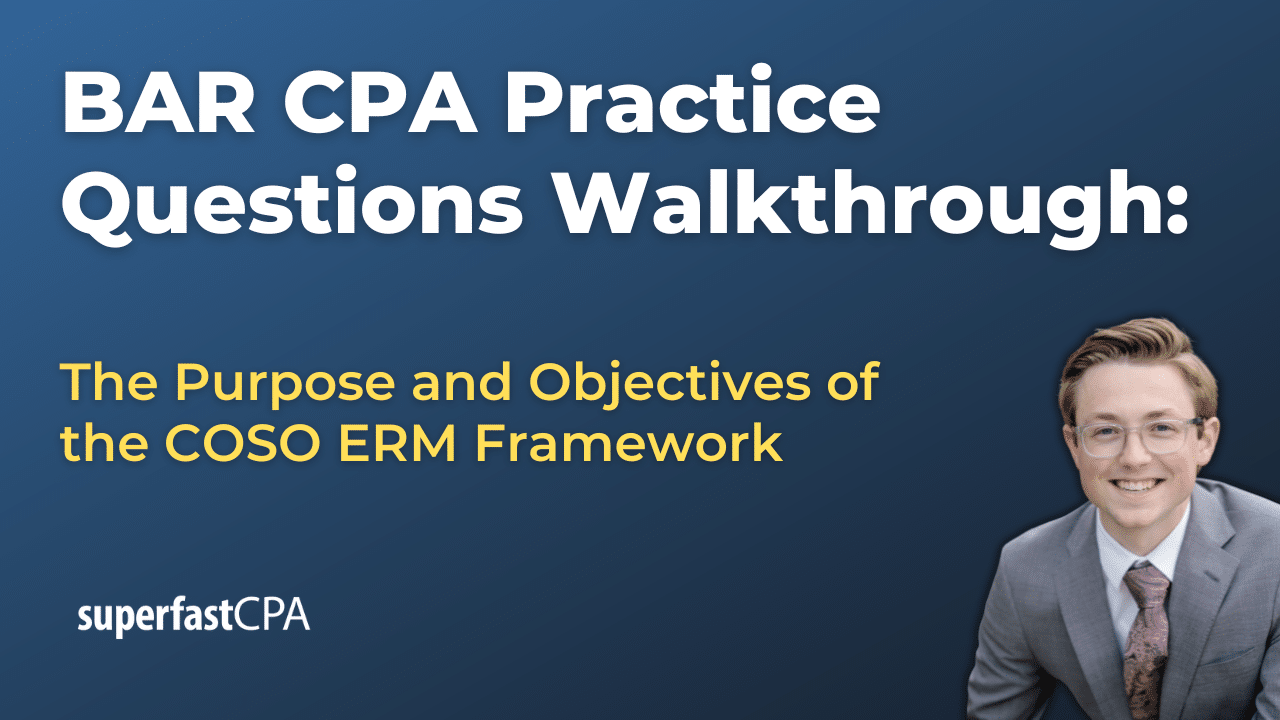Types of Adjusting Entries
Adjusting entries are made in the accounting records at the end of an accounting period to report all revenues and expenses in that period. They’re crucial for the accrual basis of accounting, ensuring that financial statements comply with the revenue recognition and matching principles. There are typically four types of adjusting entries:
- Accrued Revenues (or Accrued Assets):
- These are revenues earned but not yet received or recorded.
- Example: A consulting company provided services to a client in December but won’t bill the client until January. An adjusting entry is made to recognize the revenue in December, with a debit to Accounts Receivable and a credit to Service Revenue.
- Accrued Expenses (or Accrued Liabilities):
- These are expenses that have been incurred but not yet paid or recorded.
- Example: If wages for the last week of December will be paid in January, an adjusting entry in December would include a debit to Wage Expense and a credit to Wages Payable.
- Deferred Revenues (or Unearned Revenues):
- This involves money received in advance for services that will be performed or products that will be delivered in the future. Initially, the money received is recorded as a liability. As the service is provided or product is delivered, that liability is reduced, and revenue is recognized.
- Example: If a magazine company collects a one-year subscription fee upfront but delivers monthly issues, it would make monthly adjusting entries to move a portion of the Unearned Subscription Revenue to Subscription Revenue.
- Deferred (or Prepaid) Expenses:
- These are expenses paid in advance and recorded as assets until they are used or consumed. As they get used up, the asset account is decreased and expense is recognized.
- Example: If a company pays for a one-year insurance policy upfront, that amount is initially recorded as Prepaid Insurance (an asset). Each month, an adjusting entry would debit Insurance Expense and credit Prepaid Insurance to recognize the expense for that month.
It’s important to remember that adjusting entries are a result of the accrual accounting method. They ensure that financial statements are presented accurately at the end of an accounting period, reflecting the financial activities of the period accurately.
Example of Types of Adjusting Entries
Certainly! Let’s create a more detailed hypothetical scenario to illustrate each of the four types of adjusting entries.
Company: StarTech Solutions, a company that offers IT services and sells software subscriptions.
Date: Adjusting entries as of December 31, 2023.
- Accrued Revenues: Scenario: StarTech provided IT consulting services to a client in December 2023 amounting to $10,000. The client will be billed in January 2024.
Adjusting Entry:
Date Account Name Debit Credit
12/31/23 Accounts Receivable $10,000
Service Revenue $10,000- Accrued Expenses: Scenario: StarTech’s employees earned salaries of $8,000 for the last week of December 2023, which will be paid on January 5, 2024.
Adjusting Entry:
Date Account Name Debit Credit
12/31/23 Salary Expense $8,000
Salaries Payable $8,000- Deferred Revenues: Scenario: On December 1, 2023, a customer paid StarTech $12,000 upfront for a software subscription that lasts for a year.
Initial Entry (on December 1):
Date Account Name Debit Credit
12/01/23 Cash $12,000
Unearned Revenue $12,000Adjusting Entry (to recognize December’s portion, i.e., $12,000 ÷ 12 months = $1,000):
Date Account Name Debit Credit
12/31/23 Unearned Revenue $1,000
Subscription Revenue $1,000- Deferred (or Prepaid) Expenses: Scenario: On November 1, 2023, StarTech paid $6,000 for a one-year insurance policy.
Initial Entry (on November 1):
Date Account Name Debit Credit
11/01/23 Prepaid Insurance $6,000
Cash $6,000Adjusting Entry (to recognize November and December’s portion, i.e., $6,000 ÷ 12 months x 2 months = $1,000):
Date Account Name Debit Credit
12/31/23 Insurance Expense $1,000
Prepaid Insurance $1,000These adjusting entries ensure that StarTech Solutions’ financial statements for the year ending December 31, 2023, accurately reflect its revenues, expenses, assets, and liabilities for the period.













